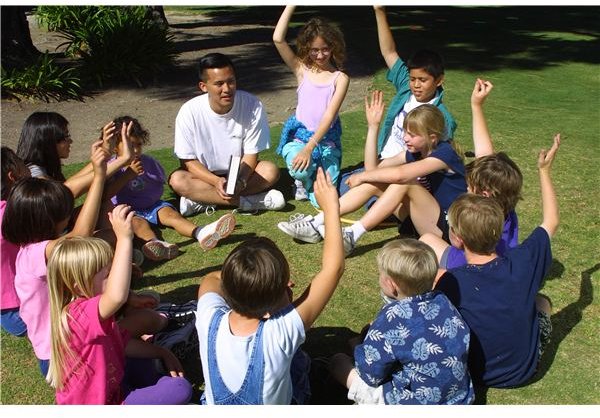Five School Behavioral Interventions That Really Work
In order for schools to have success in school intervention programs, they must choose interventions that have a high success rate. Here are some of the top strategies that have proven effective for many schools and which I have personal experience with. The plans will only work though if everyone believes in them, and vows to implement them on a daily basis.
- Behavioral Modification (Using Behaviorism Techniques)
From my experience of some 17 years in public schools, both as a teacher and now a counselor, I have yet to meet a student which this did not work with, if used correctly. Behavioral interventions employ the use of rewards and punishment and are at the most basic level of behavioral interventions. While these techniques should not be overused, they are the most simple to integrate with any classroom, provided the teacher believes in its power and knows how to implement it.
The method uses punishment for specific behaviors, and openly rewards students for improvements in behaviors whenever they are observed. Some of the specific techniques used in this method include: positive reinforcement, token economies, “Caught Being Good” programs, student contracts, and contingency plans. While each of these methods is unique in its delivery mode, it is essentially the same: rewarding good behavior, while punishing bad behavior. It works and is most effective if used a lot at first, each time the behavior occurs, then decreases in rewards as the behavior improves, until the student can be rewarded with intrinsic rewards only (that is, they eventually see the benefit of better behavior and do this because of the improvement in their lives and sense of accomplishment.)
- Parent Involvement
There is no doubt that parents are the bridge to educational success, in more ways than one. If parents know what their children are doing at school (and they should), students are more likely to improve. There will always be parents who seem to not care, but if you take an active interest in their child and communicate that you want to help them, it can go a long way toward moving the student toward success in both academics and behavior.
- Unconditional Positive Regard
This is more a philosophy than a strategy, but it works every time in my experience. It is simply taking the perspective that every student is important and worth of our time. We communicate through this that we care, no matter what the student did in the past, as long as they want to do better. It is a state of unconditional regard and respect for the person, but not the action. It separates the behavior from the student, and communicates to them that we want to help. If this is employed in everything a school does, it will likely see a drastic increase in student improvement, attitude, and behavior problems. It’s hard to fight an enemy if they are on your side. Get on the side of the kids, and fight for them too. Then everybody wins.
- Referrals to Agencies
If necessary, refer students to outside resources, the counselor, or other supports. There are times that it takes a village. If you find yourself frustrated with what you can do to intervene, call on the help of the state agencies to guide you. You are not in this alone.
- Education is the Key
While not all students are open to being taught, educating them about what knowledge can do for them may be the first step in curbing violence and drop-out rates. Students become violent for a number of reasons, but one of them is aggressive toward a “system” they see will defeat them. If you educate them to work with society and the school for their benefit, they may start to see school as an opportunity for success, rather than a road to failure.
In the final analysis, everyone must work together and use a number of techniques in order to find success in interventions. Some interventions work for some schools and situations, but not others. Have regular meetings with your PTO and community/parent groups to determine the best course of action for your school.
Together, you will find strategies that will work.
References
-
Interventions that Work http://www.ascd.org/ascd-express/vol6/601-toc.aspx
-
Research Says… Drastic School Turnaround Strategies Are Risky http://www.ascd.org/publications/educational-leadership/oct10/vol68/num02/Drastic-School-Turnaround-Strategies-Are-Risky.aspx
-
Bullying Intervention Strategies that Work http://www.educationworld.com/a_issues/issues/issues103.shtml
This post is part of the series: Students with a Criminal Record or Violent Behavior: Solutions
Teachers in any school may eventually encounter a student who is at risk of violent behavior, or who may even have a criminal record. What is the best method of working with these students? Read this series for tips and solutions.
